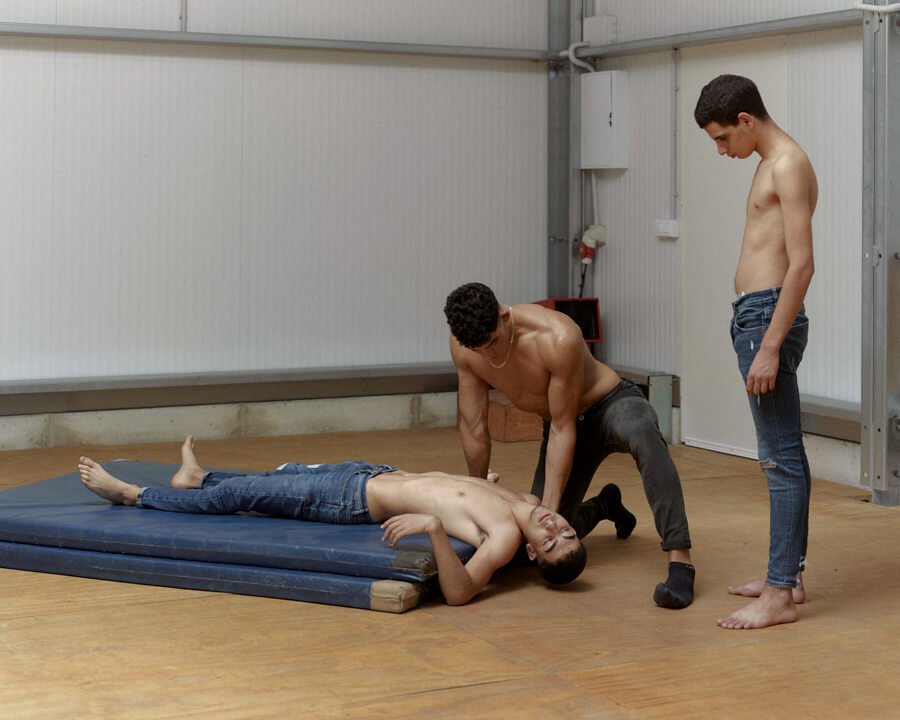“It destroyed everything,” Morgan recalls, “including all memorabilia.” Since then, her artistic practice throughout the decades has been about collecting and examining the remains of things that have been or are on the verge of being lost.
Morgan studied art history and eventually started creating conceptual art installations that exhibited in the United States and abroad. She went on to receive her MFA in interdisciplinary art from the University of Arizona in Tucson, AZ, where she lives today.
“It isn’t surprising that death and memory are threaded throughout my work,” she says. “My father designed and made significant, monumental tombstones. Whenever I was at his business, I would play among the enormous slabs of granite waiting to be cut and carved, not understanding the depth of what they represented.”
The materials that would make up the majority of her art installations in the late 1970s, 80s, and early 90s, would be other people’s memorabilia, often found at estate sales. A number of these installations during this time are preoccupied with structures reminiscent of houses and tombs. In the video documentation of these exhibitions, Morgan describes what we are seeing and how she arrived at her concepts as if archiving customs and objects from a vaguely familiar yet disappeared world.
Tombs, hearths, and chimneys made of Plexiglas and neon, a burnt orange cube made with baby bottle nipples, a pitch black cube made from plate glass and asphalt—these kinds of structures housed objects Morgan gathered herself and invited viewers to leave behind. In Enclosure XVIII, a trapezoidal structure inspired by a visit to King Tutankhamun’s tomb, we find a gilded rib cage, rich soil, a dried lizard, and a corsage. In Dinner at Plexi’s, we find delicate china plates on which the dessicated remains of a dinner and dried flowers remain untouched. In Village One, we find pinned butterflies and nestled eggs. In Endocardial Vocabulary, we find a fax machine that continuously operates beside specimen jars filled with objects like a Bible, a children’s doll, and an animal skull. The list can go on and on, a catalog of once personal items turned into facsimiles of existence.
“It would be an honest answer to say I don’t know why I need to make art but I do know my art is a form of communication for me,” says Morgan. “It’s not a private diary of thoughts but of things I believe we all share, sometimes forget, and become unaware.” These existences, all stemming from personal though separated experiences, reach out and affect each of us. “I have always been aware that my concepts are universal,” she continues, “but it was during the process or sometime later that I realized how personal they were. Everyone has experienced a loss, has or has had a love, and is surviving.”

































































